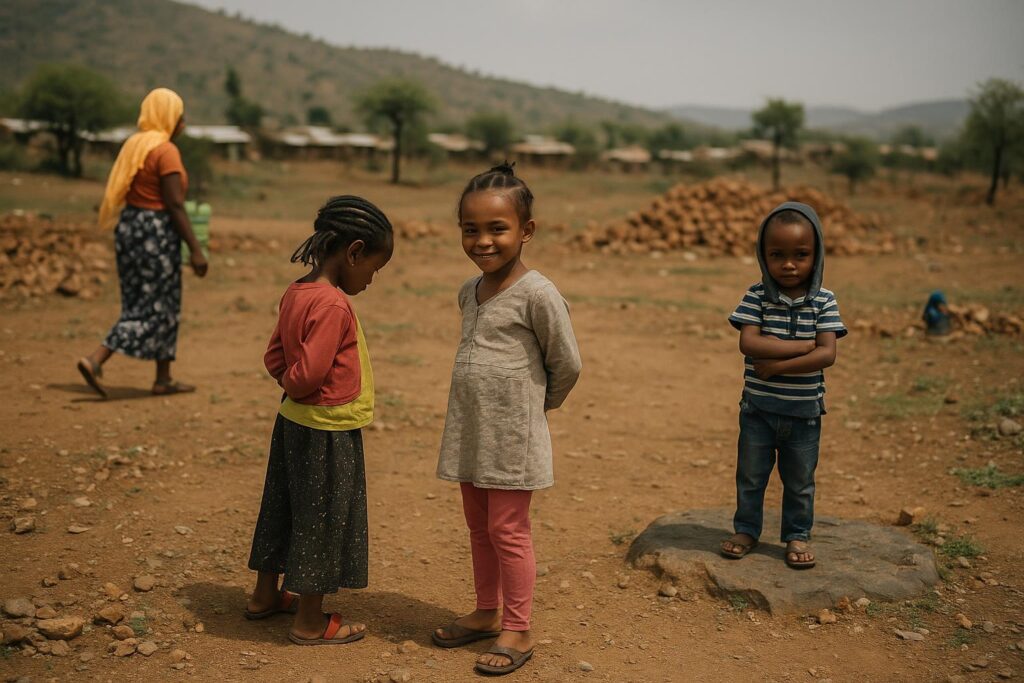Growing fear of empty warehouses
Warehouses that once brimmed with ready-to-use therapeutic food, or RUTF, are edging toward empty across Nigeria, Kenya, Somalia and South Sudan, aid officials warn.
The London-based organisation Action Against Hunger says its regional stocks have fallen by nearly half since January, compromising its capacity to treat children with severe acute malnutrition.
Doctors on the ground confirm rising cases of oedema, the tell-tale swelling linked to extreme protein deficiency, a condition usually reversed with RUTF sachets within weeks.
Drought, conflict and prices converge
Meteorological data show the Horn of Africa logged five consecutive failed rainy seasons, parching cropland and pushing pastoralist households deeper into food insecurity.
Across the four countries, cereal prices tracked by the World Food Programme now average 40 percent above the five-year mean, limiting household purchasing power at a perilous moment.
Localized violence in Jonglei, Borno and parts of Somalia further impedes aid convoys, inflating logistics costs that suppliers struggle to absorb.
Country-by-country picture
Nigeria’s north-east remains the largest caseload, with an estimated 700,000 children needing therapeutic feeding this year, according to UNICEF.
Kenya’s arid counties of Turkana and Marsabit now report outpatient clinics turning families away once daily stock allocations finish, health workers say.
In Somalia, the NGO Concern Worldwide warns that gaps in RUTF deliveries could reverse fragile nutritional gains made after last year’s famine alert.
South Sudan’s Ministry of Health cites seasonal flooding that cuts roads as a driver of stock-outs in Warrap and Unity states.
Appeals for swift funding
Action Against Hunger seeks an extra US$25 million to replenish warehouses before the lean season peaks in July.
“Every week of delay equals thousands of children slipping into medical emergency,” notes regional director Madji Sène.
The World Bank and African Development Bank have indicated potential bridge financing, though detailed agreements are still under negotiation.
Analysts argue that scaling local production of RUTF in Lagos and Nairobi could cushion future shocks and trim import reliance.
Prospects ahead of harvest
If timely funding arrives and rains normalize, agencies hope to stabilize child malnutrition rates by October, yet caution that climate volatility keeps the margin of error thin.
For now, mothers in displacement camps continue to weigh sachets against survival, a stark reminder that nutrition emergencies rarely pause for politics.


